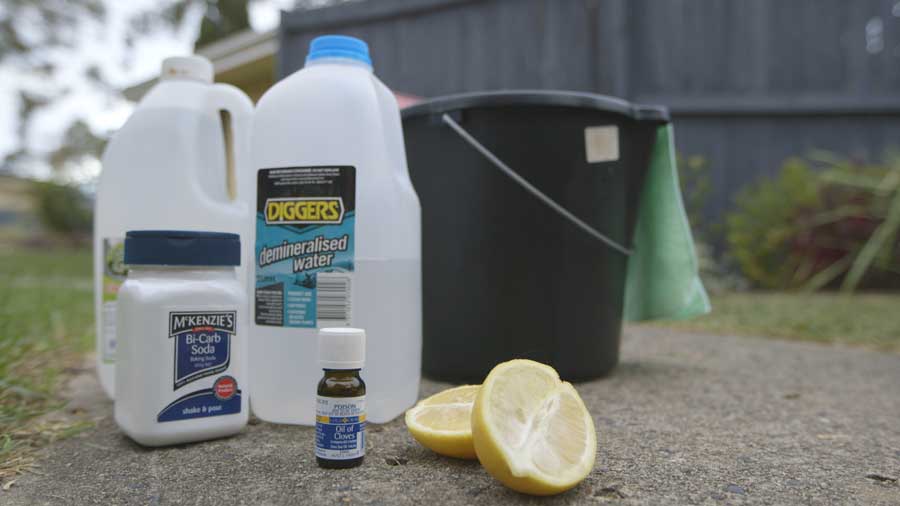What Is Mould?
Moulds are a group of very simple microorganisms that exist almost everywhere in the world, both indoors and out. It exists in nature to break down and consume various organic materials. Mould is a type of fungi in the same family as mushrooms and yeasts. Mould spreads by releasing microscopic spores through the air that are usually accompanied by allergens that can adversely affect humans and our pets.
How Does It Grow?
Moulds feed off carbon atoms. This can include organic materials such as leather, soil or cellulose-rich materials such as wood and paper. As most buildings are constructed with these materials, it is almost impossible to eliminate mould entirely from your home.
Moulds thrive with oxygen and are considered to be aerobic organisms, meaning they require the presence of oxygen to grow. There’s no way to remove all the oxygen from your home so mould will always be trying to grow and feed.
Mould requires considerable moisture to grow – usually around levels of 70%, although sometimes less. Humans usually exist comfortably in 30-50% humidity. Keeping the moisture low so the humidity stays in this range is the number one way of fighting mould in your home. In short, keep your home as dry as possible. Good airflow is also very important; stagnant air, humidity and warm temperatures are a recipe for mould.
What Mould Can Do To Your Home
The food source for mould in your home is often the materials that make up the structure of your home: carpet, gyprock or timber materials.
Mould left for extended periods (typically hidden inside stud walls, under carpet, in the roof cavity or below the home) can eat all the way through these materials. The integrity of your home can be seriously compromised if nothing is done. This is a worst case scenario; for mould to actually get to this stage you would have to ignore it for a long time which includes the smell and most likely actually seeing it spread.
What can also happen is that if you home suffers water damage mould can lay dormant in these hidden places and then emerge very quickly once the moisture returns to the area, like on a humid day.
How To Reduce Mould
1. Identify the source of the moisture – this could be anything from a leaking roof or pipes, broken or damaged sealant around sinks or bathtubs, water accumulation under the home from rain run-off, and even damp clothing or towels
2. Kill the mould and clean it – identify whether the surface with the mould is porous or not. If so, you’ll most likely need to replace the surface. If non-porous you can clean away the mould with a variety of products. Some sources claim bleach is the best way to eradicate mould but it’s been found that it only eradicates surface mould and not the root of the problem
Try Baz’s great, natural DIY mould killer ‘recipe’:
• 4 parts (1600ml) white fermented vinegar. • 1 part (400ml) distilled water • 2 drops of Oil of Clove • 2 tablespoons of bicarbonate soda

3. Air flow is very important in controlling mould. Here are some air flow tips:
• Cross ventilate your home by opening windows and doors as often as possible • Keep the extractor fan in your bathroom operating for extended periods • Open wardrobe doors and don’t stack clothes and towels too tightly • Place shoes on shoe racks and not on the floor • Pull furniture and bedding away from walls at least 20-30mm • Ensure that wet areas are well ventilated – clothes driers and bathroom extractor fans should vent to the outside not into roof spaces • Install an air flow system like Ventis





























